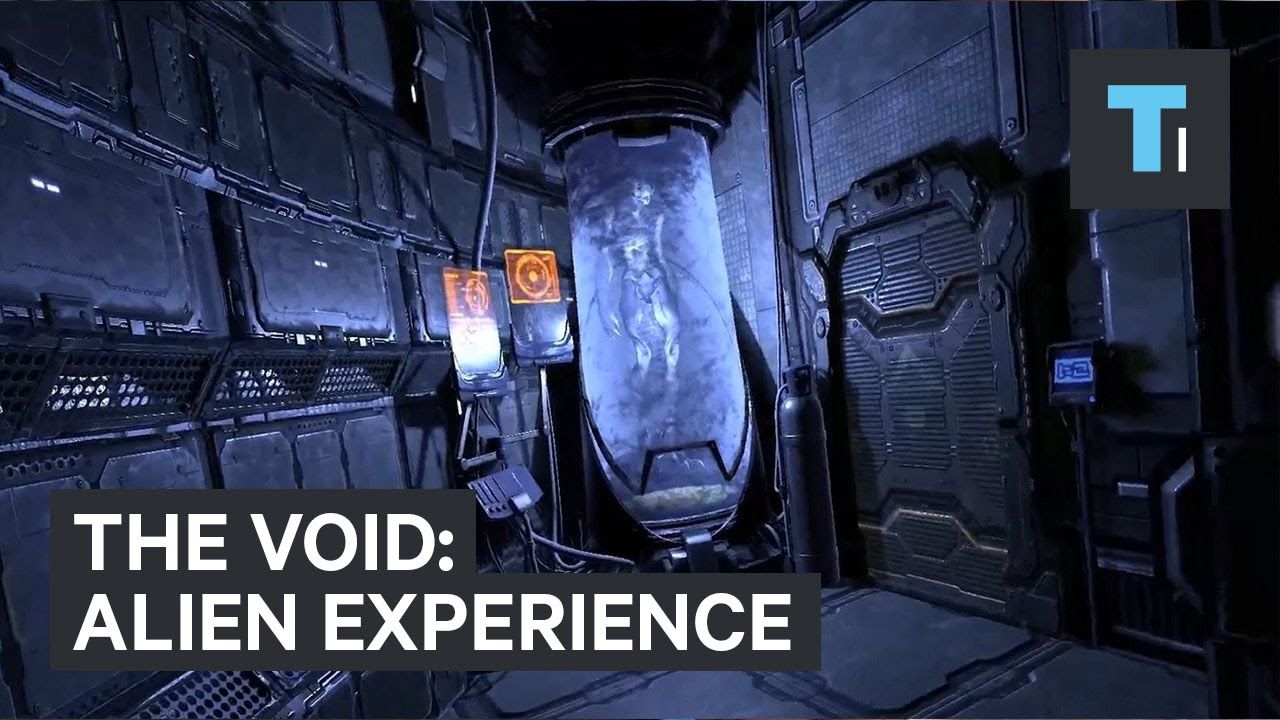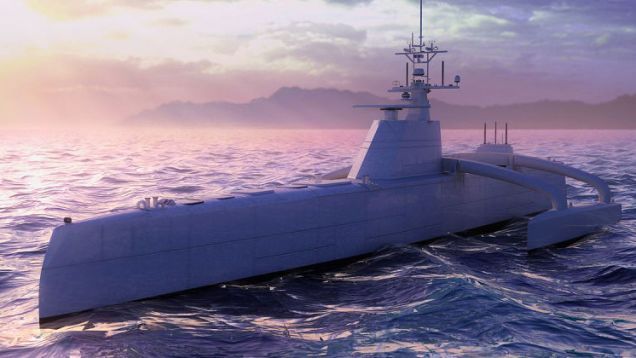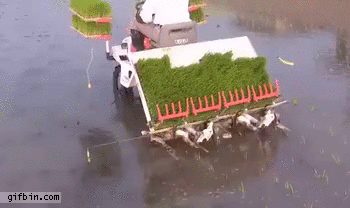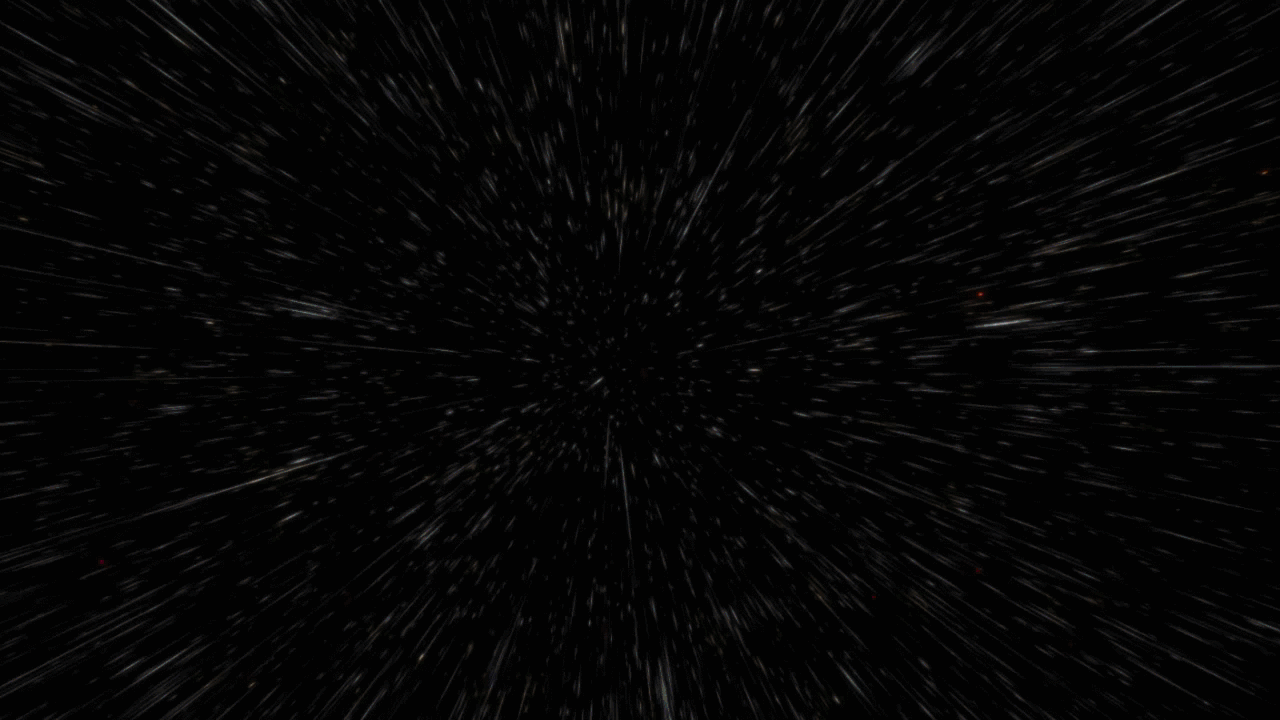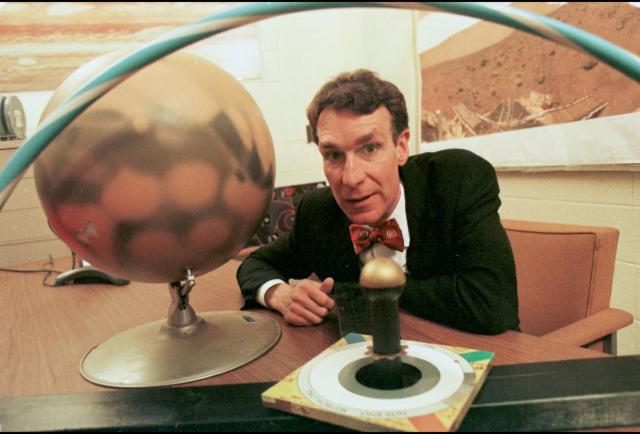MindMaze technology explores the potential of brain machine interfacing with virtual reality, and it just got a huge financial boost.
Switzerland-based VR company, MindMaze received a major investment from Hinduja Group, who has valued the company at over $1 billion. This is a ten-fold increase since its previous valuation in 2012 where it was pegged at $10 million.
In a recent report published by the Economic Times, the investment is only “less than a third” of the company and makes MindMaze one of two “unicorns” in the AR and VR industry. MindMaze now joins Magic Leap in this category, which was values at over $4 billion.

